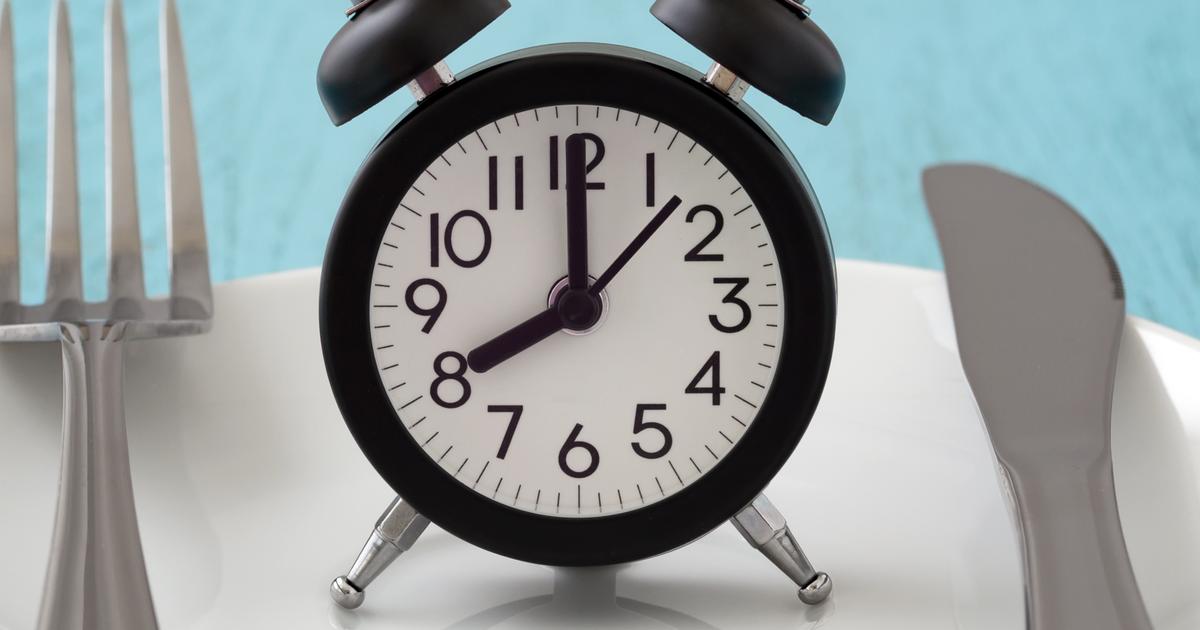Popular Fad Diets, Ranked From Best to Worst
Volumetrics Diet

This diet is all about the numbers. It is guided by Barbara Rolls' book, The Original Volumetrics Diet, which teaches people to eat lower-density foods, which are the ones with fewer calories per gram. It means that those who follow this diet will eat fewer calories yet still feel full due to the density of the products consumed. Volumetrics contains four food groups, which are separated by density in Categories one to four. Category One contains the lowest-density foods, like watery fruits and vegetables and some soups. It goes up to the fourth category, which includes carb-heavy, fatty foods like oils and cookies. Those who follow the Volumetrics Diet should binge on the Category One and avoid Category Four, but focus on the ones in between as it is where items like grains, fruits, and vegetables are found. Foods high in water are encouraged since water adds density without the calories. One study of obese women on a low-energy-dense diet shows that they lost an average of 11 pounds over a year, so it proves that it is an effective diet for weight loss.
MIND Diet

The MIND diet is a mix between the Mediterranean and DASH diets. Its actual name is Mediterranean-DASH Intervention for Neurodegenerative Delay, and the focus of this diet is to lower the risk of Alzheimer as the partakers eat from ten brain-healthy food groups and avoid unhealthy and processed food. The guideline is to eat three servings of whole grains, salad, vegetables, and a glass of wine on a daily basis. For protein, it includes chicken, fish, and nuts and with berries as a snack. The MIND diet is directed to brain-health more than it is to weight loss, but by cutting processed food, desserts, dairy, and fry food, it automatically reduces the high-calorie items while reducing the chances of Alzheimer.
